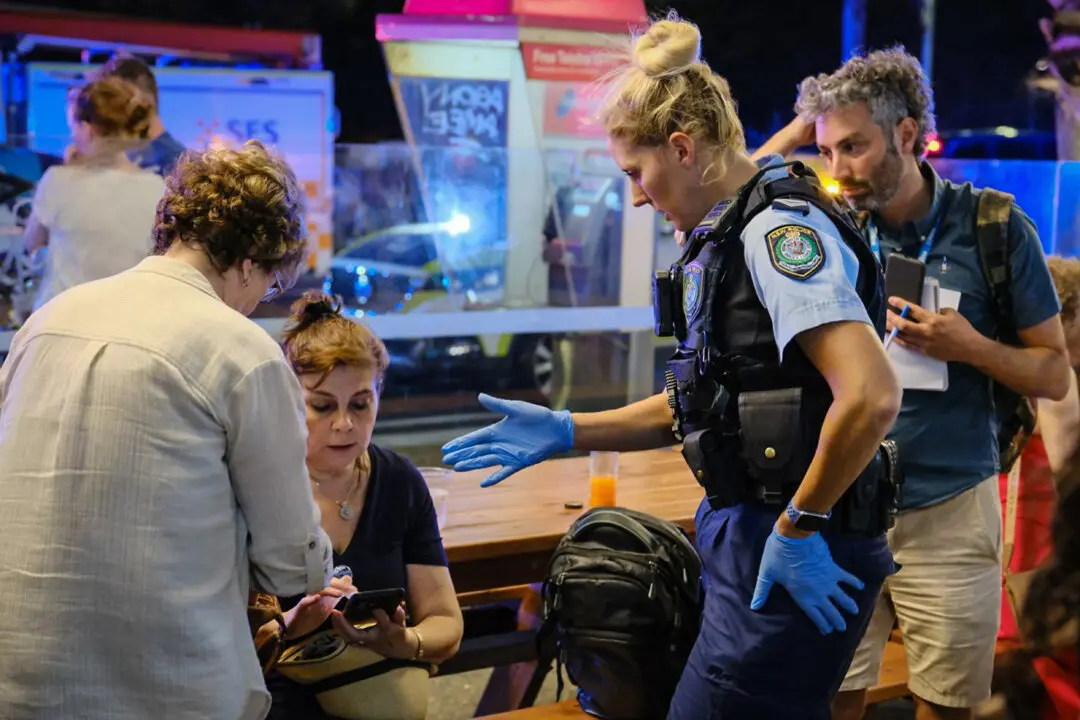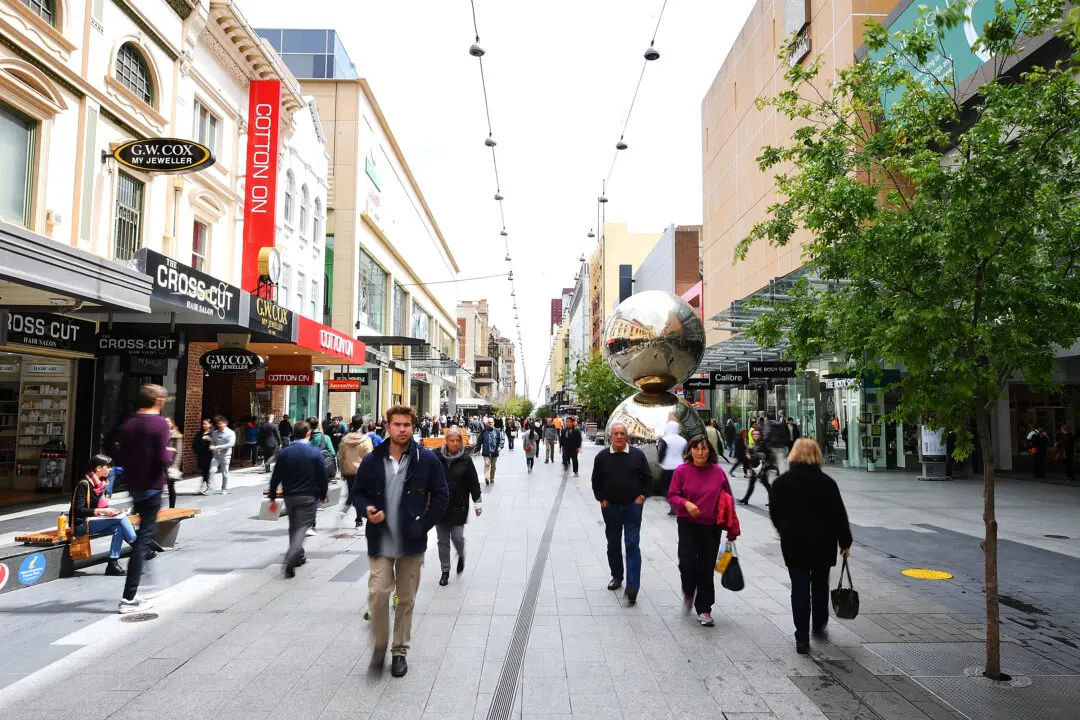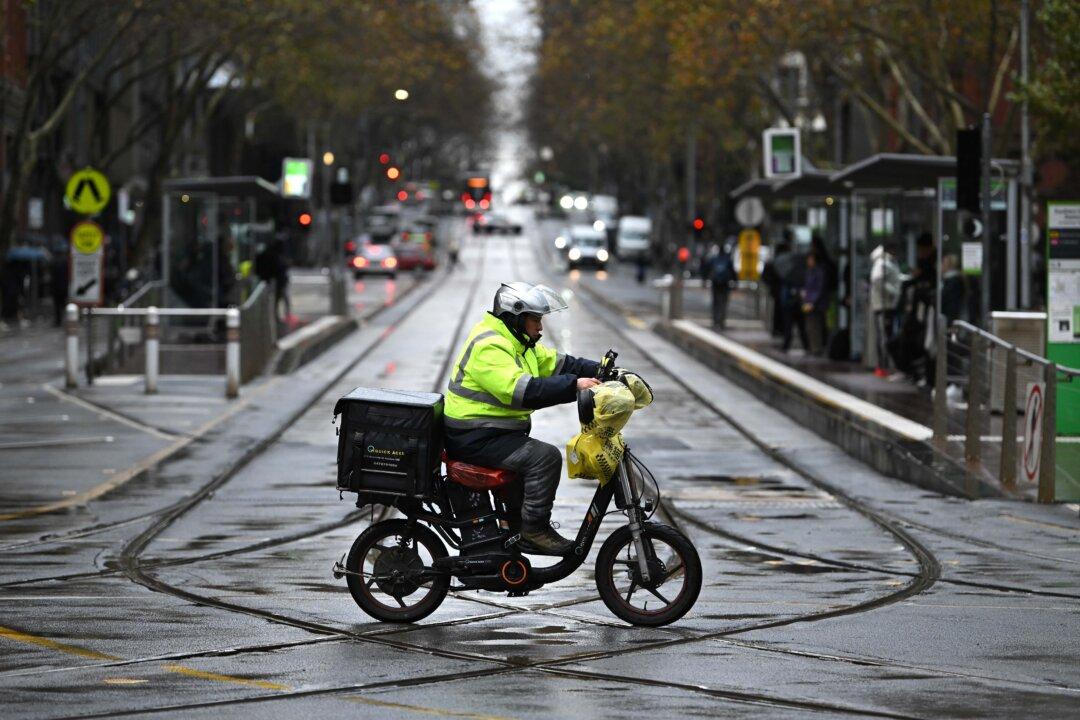The Australian government will provide taxpayer funding for a “smart energy trial” involving tens of thousands of customer devices.
Intellihub will receive $9.75 million (US$6.5 million) to launch a “demand flexibility platform” that will target “510 megawatts of aggregated load under control.”





